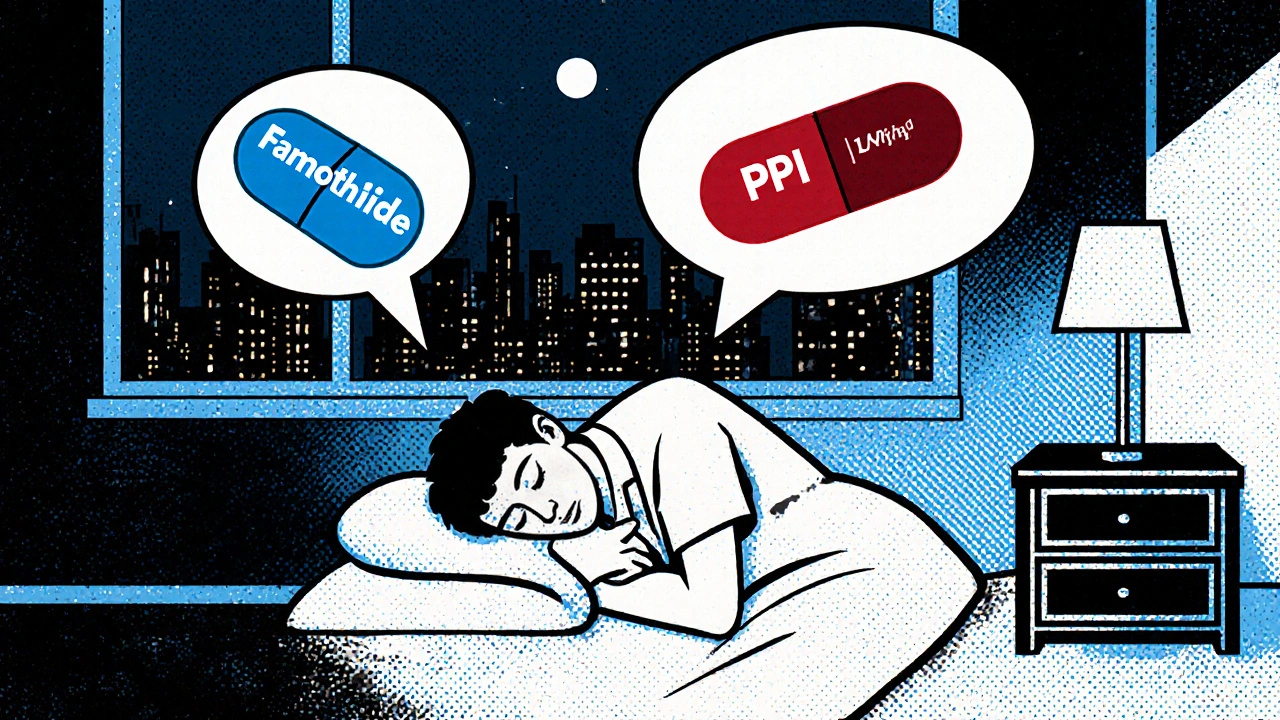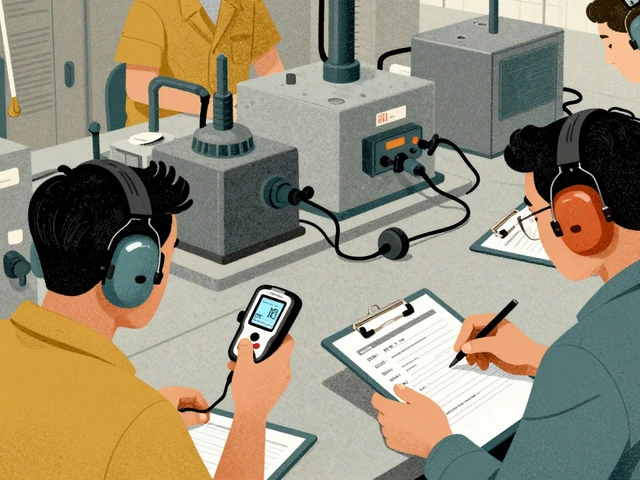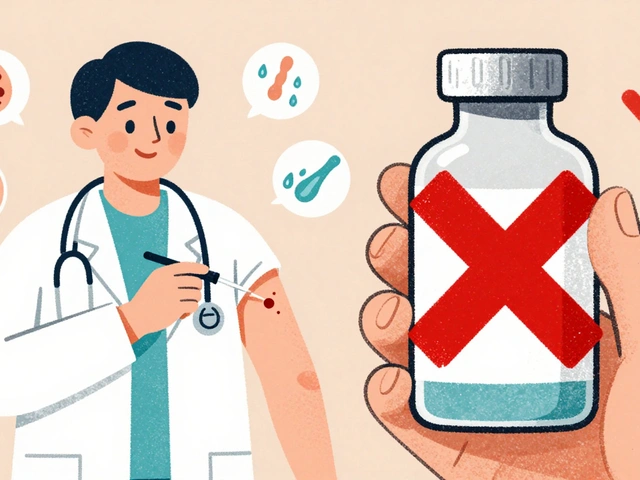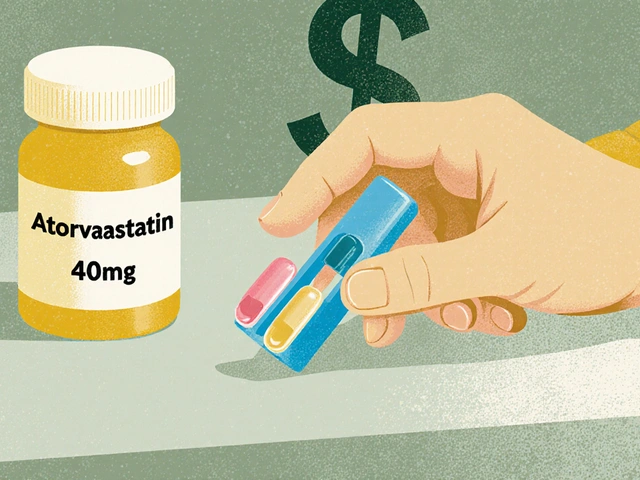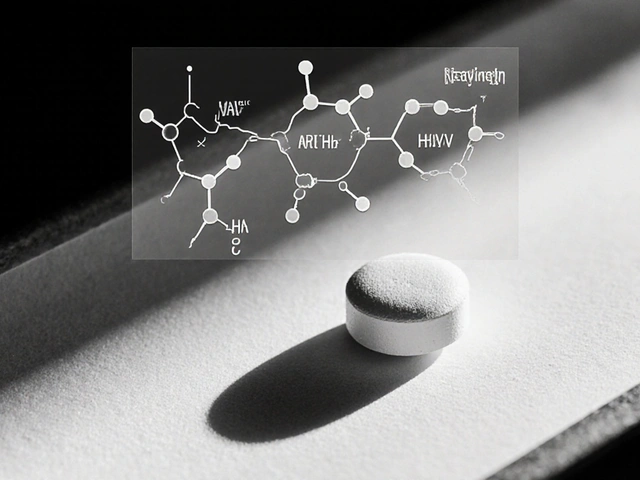Proton Pump Inhibitors: What They Are, How They Work, and What Alternatives Exist
When your stomach makes too much acid, it can cause heartburn, ulcers, or damage to your esophagus. That’s where proton pump inhibitors, a class of medications that block the enzyme in the stomach wall that produces acid. Also known as PPIs, they’re one of the most common treatments for acid-related conditions. Unlike antacids that just neutralize acid temporarily, PPIs go straight to the source—shutting down the acid pumps in your stomach cells. This means longer relief and better healing for damage caused by excess acid.
Proton pump inhibitors are used for more than just occasional heartburn. They’re prescribed for GERD, a chronic condition where stomach acid flows back into the esophagus, peptic ulcers, and even Zollinger-Ellison syndrome. Some people take them daily for months or years. But they’re not the only option. H2 blockers, like famotidine or ranitidine, reduce acid production too, but not as completely as PPIs. And for mild cases, lifestyle changes—cutting out spicy food, avoiding late-night meals, losing weight—can make a real difference.
Not all PPIs are the same. Omeprazole, esomeprazole, lansoprazole, pantoprazole, and rabeprazole all work the same way, but some are stronger, last longer, or have fewer side effects. Some people switch between them to find what works best. Long-term use can bring risks—like lower magnesium, vitamin B12 deficiency, or increased chance of bone fractures. That’s why doctors often recommend the lowest dose for the shortest time possible.
What you’ll find in this collection are real, practical comparisons and guides that help you understand your options. You’ll see how PPIs stack up against other acid-reducing meds, what to watch for when taking them long-term, and how to tell if you really need them at all. There’s also advice on managing side effects, recognizing when to talk to your doctor, and alternatives that might work just as well—without the risks.
